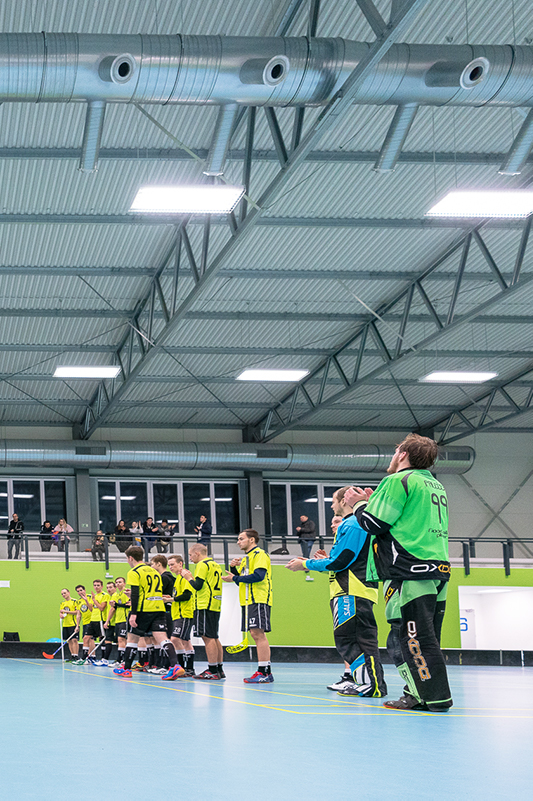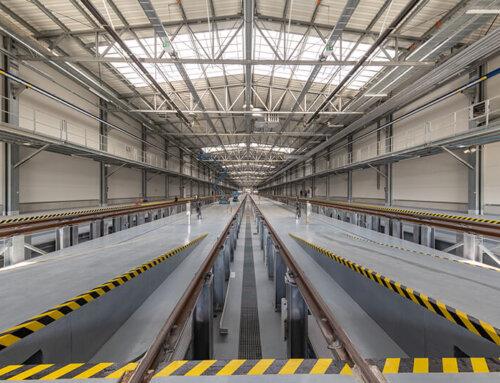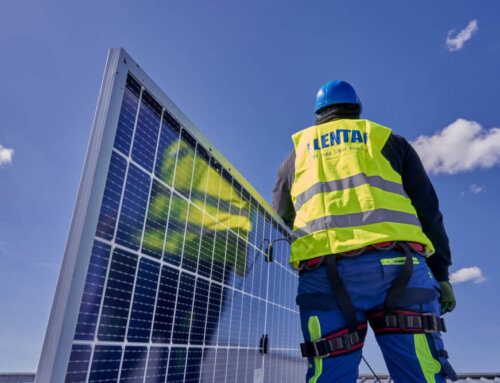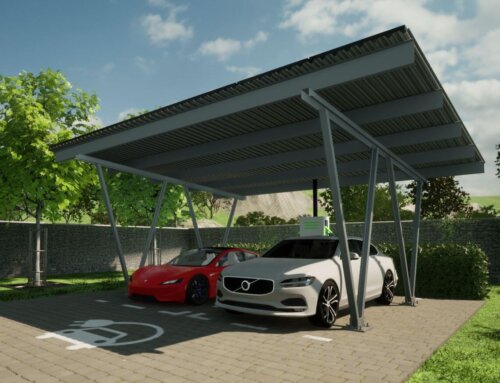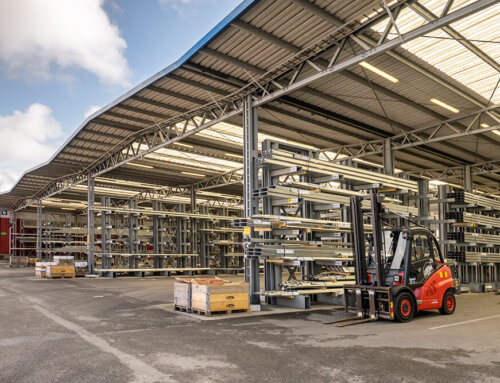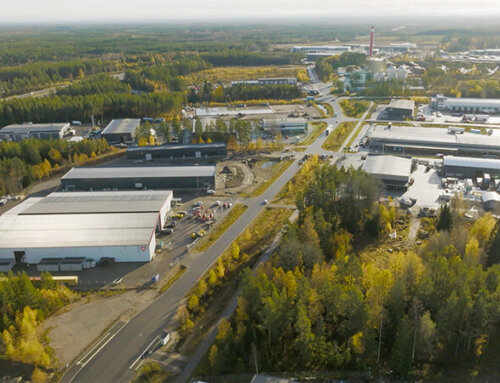Recently, we took a detailed look at the construction of several newly-completed sports halls and asked the architects involved to draft ten basic rules for anyone looking to invest in a sports hall project. We hope that the information below will help you in the early stages of your own sports hall venture. (Article was written in collaboration with architect Vítek Dušek)
1. You have to love the project
Not everything turns out well, but one thing’s for sure: if the investor isn’t happy with a project from the very start, then the disaster will surely follow. Likewise, we at LLENTAB also need to feel happy about each project that we are involved in. But that’s OK – as designers, there’s nothing we enjoy more than solving problems and creating beautiful new buildings.
2. Each project needs the right management.
In this business, we do sometimes come across experienced investors who have undertaken many projects before. But most investors are newcomers who need someone to guide them through all the procedures involved in building a sports hall (from drafting the first plans, selecting the designer, obtaining the necessary permits and selecting contractors … all the way to commissioning). With smaller projects, all you need is a competent architect, but in the case of larger projects, it’s better to bring on board an experienced project manager who will organise the team and oversee all the different tasks.
3. The most important thing is to start right
Even in the earliest stages, it’s very useful to consult a good architect. Architects are used to seeing the “big picture”. An architect will help you choose the optimum size and location for your building, draft a construction schedule and provide a preliminary estimate of costs. Even so, the role of the investor is indispensable: the investor must fall in love with the project, determine the real needs and assess the financing opportunities. A good architect will guide you through all the most important decisions that you will need to make.
For the architects’ part, it’s important to listen to future users. Some types of buildings are subject to highly specialised inspections by the authorities responsible for issuing permits and monitoring operations. In the case of sports facilities, however, this is mainly a task for the investor. You need to devote enough time to planning – it’s best to develop several variants of your blueprint design.
4. Sports halls are built for the public
It’s important to pay attention to external appearances, as well as indoor design. All athletes are members of the general public, and so are the spectators who come to watch. Our buildings are often located in important urban areas. And even if they’re not, the size of the building will mean that their appearance is imposing. If at all possible, a sports hall should also have a social function – it should afford the possibility for athletes and spectators to stay on after a sporting event has ended – for example over refreshments – and it should to some extent link the outdoor space to the hall itself.
5. Most importantly, any building – including a sports hall – must WORK
The building must meet its operational requirements. The playing area must have the right dimensions and orientation – and that applies to all adjacent areas, too. The facilities for athletes should be designed as a locker room filter. Spectators need dedicated areas that are set apart from the playing area and provide good visibility. It’s also advisable to consider other possible uses for a building other than hosting sporting competitions, such as training and amateur and youth sports. In the long term, only sports halls that are used continuously are economically viable.
6. The building must provide a suitable indoor environment
Here, we’re not talking just about heating. Today’s sports halls need managed air conditioning with recuperation. Some sports – such as badminton and ice hockey – require a very specific environment. One of the most important factors is acoustics. Sports halls are very sensitive and acoustically problematic spaces. Making sure that everyone hears and understands each other – while eliminating shouts from spectators and the kind of noise that goes hand-in-hand with team sports – is very important. The LLENTAB system has an outstanding track record of using perforated sections in the roofing. Thanks to professional technical support, it has been possible to eliminate the need to use acoustic ceilings. Just as important (but easier to implement) is the provision of uniform lighting. However, it’s a more difficult task to ensure protection against blinding sun glare or localised overheating caused by the sun.
7. Supplier selection isn’t just a matter of price
If sports hall projects weren’t very often part of public procurement, I’d say that the main criterion should be a recommendation – a reference from a trustworthy person (another investor). It is beyond the scope of this article to analyse the rules governing public procurement, but if your supplier is to be selected under public procurement rules, it is advisable to set most of the variable parameters of the contractual relationship (such as deadlines, guarantees and sanctions) as fixed rather than to include them as evaluation criteria.
8. Supervision
The whole process works best when everyone involved trusts each other and is sure that no one is trying to deliberately cheat anyone else. But the best way to build trust is to keep an eye on everything. This means that the investor’s concept is checked by the designer, the project is checked by the manager or another designer, the budget is checked, the offers are checked, the work undertaken on-site is checked by the foreman, quality is checked by a technical supervisor, invoicing is checked and the finished building is also checked.
9. Fixing the glitches
Just as a race ends only after you cross the finish line, a building is complete only when you have ironed out any and all problems that might arise – including those that only become apparent once construction is completed and operations have commenced. The temptation to ignore such minor hiccups is one to which no investor who wants to feel happy about their work should succumb.
10. Team
All stakeholders above should always feel that they’re playing for the same side. To quote one of our colleagues: “No building has ever been built by sanctions.”
